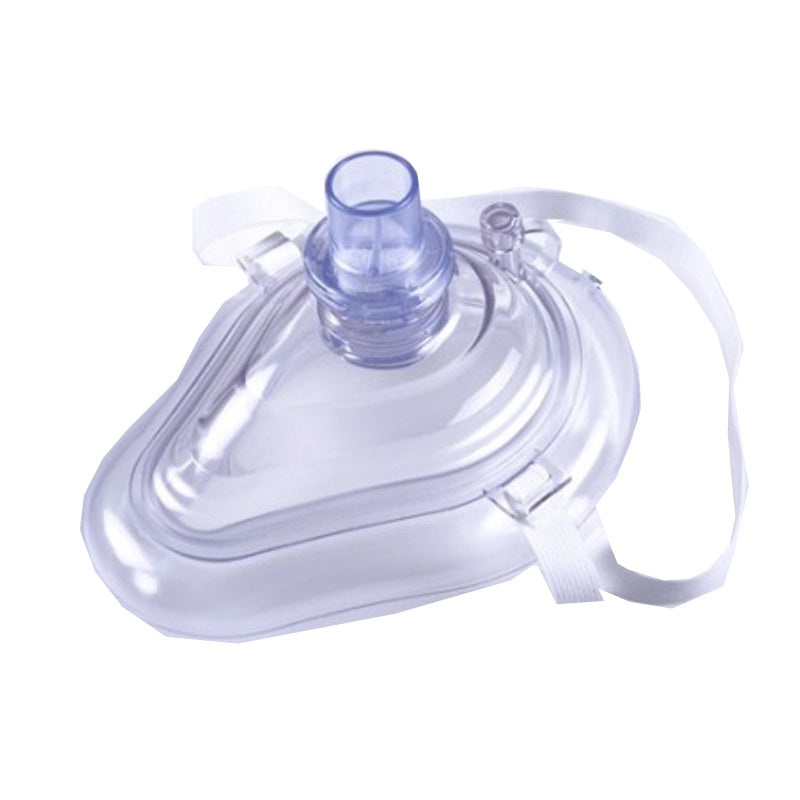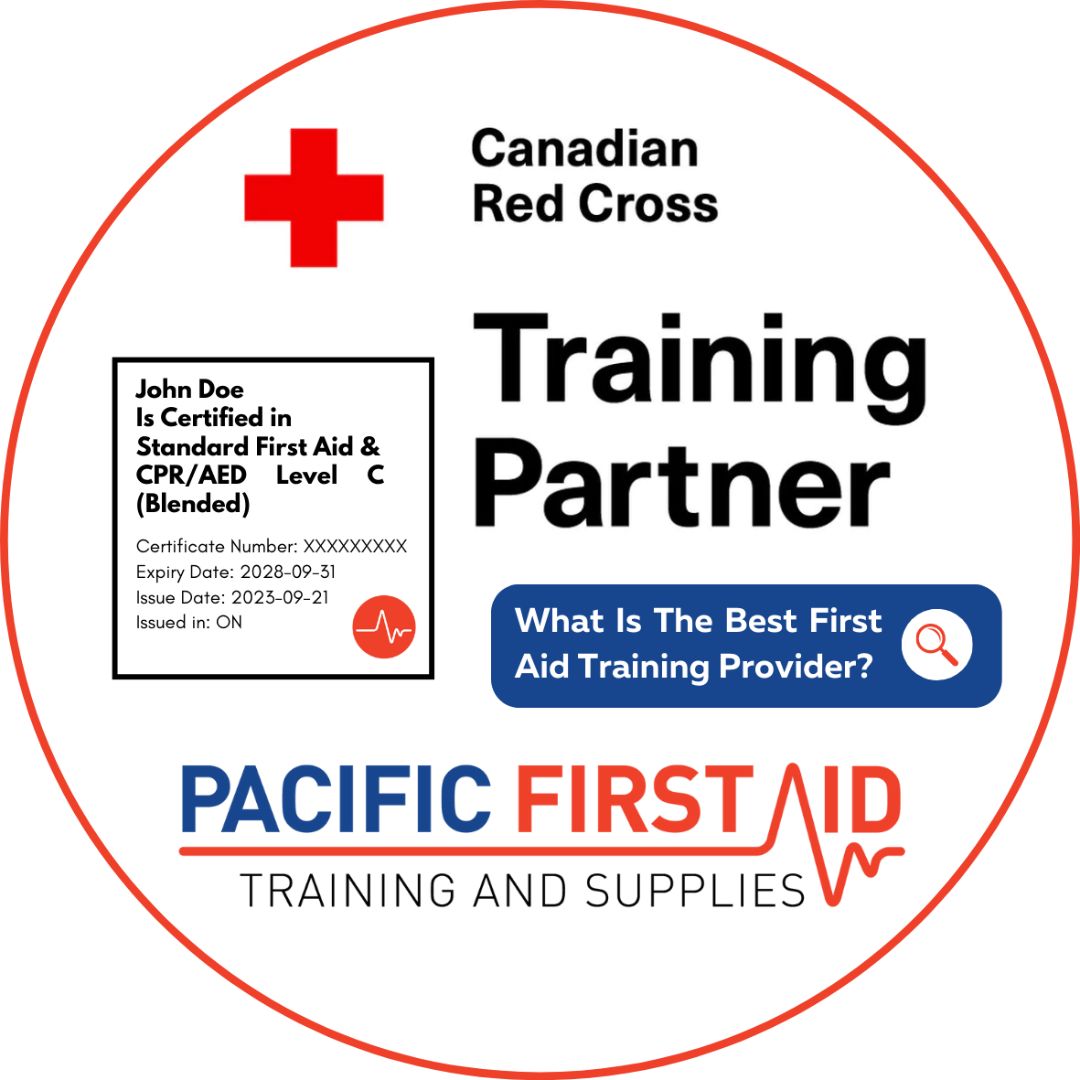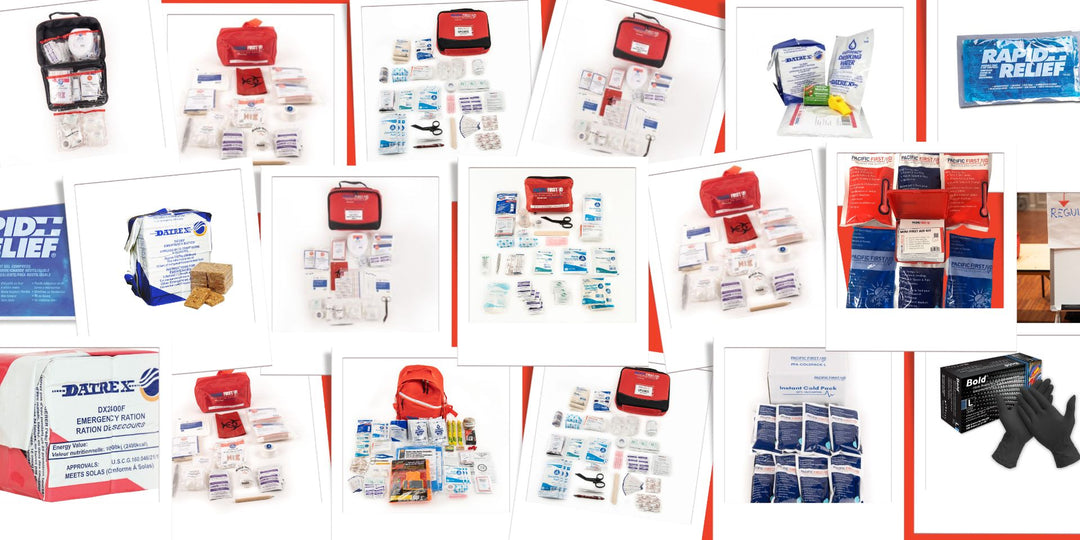
First Aid Tips for Snakebites in North America
Photo Credit: Chris Curry
One of the most common human fears if not thee most common is the fear of snakes, also known as Ophidiophobia. Here are some first aid tips you should know when studying first aid training or taking a first aid course. These tips could save your life in a potentially deadly situation with one of the most feared animals on the planet.
- Call 9-1-1 Right away. Even if you think the snake is not venomous you have to get emergency help to check out the bite as soon as possible!
- Get a look at the snake if possible. This may seem like the last thing you want to do after being bitten by a snake, but identifying the species of snake is essential to helping the emergency responders know what kind of treatment to apply.
- Stay Still! Try not to move as much as possible. The more you move the more the venom will spread throughout the body. So try and relax best you can, till help arrives.
- Remove restricting cloths or jewelry near the area of the bite. As if they are restricting blood flow in the area of the bite, that limb will need to be amputated.
- Take the ambulance ride. Don’t attempt to drive yourself, get emergency help as some venoms move very quickly through the body. The cost of an ambulance ride is well worth it and could save your life.
- Keep a sharpie in your first aid kit. Use the sharpie marker to draw a circle around the bite area, then make a note of the time bit. Not to long later make a second circle to show the spread of venom and note that time as well. This will help the emergency responders to calculate how much anti venom to administer.
- Keep the bitten limb in a regular position. Do not elevate right away, wait for the emergency responders to begin treatment and elevate it for you.
- Do not attempt a tourniquet! Although popularized in film, you often see in a western when a cowboy is bit by a rattler he ties off the limb above the wound. Although this may seem like the thing to do, it actually slows down the poison and the blood flow. Applying a tourniquet is to accept that the limb will surely need to be amputated. Tourniquets can be used in other countries with more venomous snakes although in north America it is more likely to do harm than good.
- Do not cut a “X” like shape in the would. Although this advised in previous snake bite guides, it is no longer considered advisable as it will cause for major scaring from the wound and stops blood flow which slows the healing process.
- Do not waste time with applying an ice pack. Another popularized misconception. Applying ice will also most likely lead to amputation and will waste valuable time to prepare.
- Do not attempt to suck out the venom. Another step you see taken in old western films, that is also not effective. This will cause discomfort to the patient and will be a useless attempt as the poison will spread into the body in less than a minute.
Be careful when your camping or hiking. Listen for rattlesnakes and respect these animals space. Snakes are afraid of humans and attack out of self defense in virtually all snake attacks. These are just a few tips to learn more and get certified first aid training visit Pacificfirstaid.ca and get the training you need to save a life.






